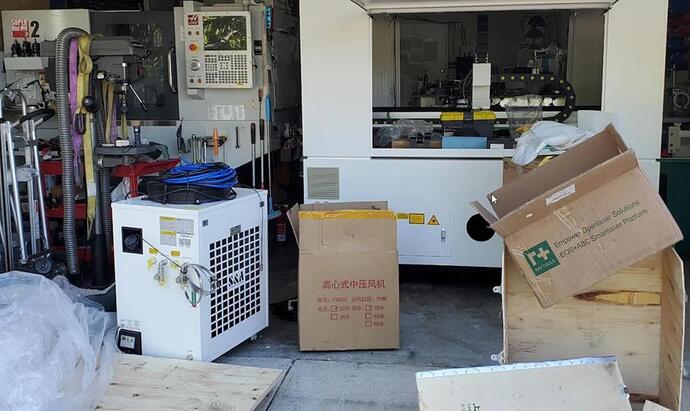just installing new laser in the garage, its a little bigger than what is needed for marking. but once we get it up and running happy to give feedback/answer questions on it. its 1 kW fibre with 1300x900mm cutting bed and will cut 8mm carbon steel.
chinese laser as most of them are and its pretty well made, we’ve bought from this oem before and they supply places like full spectrum and boss laser (who claim they engineered and designed it in the usa interestingly enough, they did add some go faster stripes to theirs to be fair )
